Industry information
Company News
- Fluorocarbon baked paint aluminum veneer: a weather resistant choice, a fashionable architectural style
- Aluminum veneer curtain wall: a perfect combination of architectural aesthetics and practicality
- Fluorocarbon aluminum veneer: a low-key luxury choice in modern architecture
- Aluminum veneer curtain wall, the fashionable coat of architecture
- Aluminum veneer: making buildings more beautiful and environmentally friendly
Industry dynamics
- Characteristics and application fields of curved fluorocarbon aluminum veneer
- Unveiling the Charm of Aluminum Veneers in Curtain Walls: It's Not Just a Face saving Project!
- The Wisdom Beauty of Aluminum Single Panel Curtain Wall Separated by a Board
- Aluminum veneer curtain wall, building the future art space
- Material composition and production process of 3mm aluminum veneer
Frequently asked questions
- What is the thermal conductivity of aluminum veneer?
- How many color and texture options are available for aluminum veneer?
- Can the insulation function of aluminum veneer reduce indoor noise?
- Can aluminum veneer be used for building facade design?
- What are the advantages and disadvantages of aluminum veneer compared to plastic exterior walls?
contact us
Mobile:+86 15627778610
Email: 2201229786
Address: No. 5 Binjiang Road, High tech Zone, Zhaoqing City, Guangdong Province
Analysis of insulation performance of aluminum veneer
- Author: Supreme Building Materials (Guangdong) Co., Ltd
- Release time: February 27, 2025 15:02:24
- Click:0
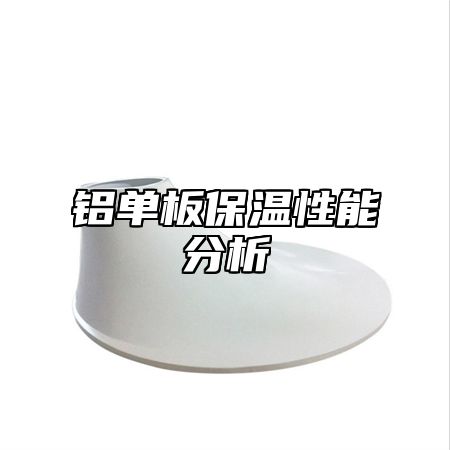
Aluminum veneerAs a new type of building material, it has been widely used in the construction industry. In addition to its beautiful appearance and light weight, aluminum veneer also has good insulation performance. This article will analyze the insulation performance of aluminum veneer.
1. Thermal conductivity coefficient
The thermal conductivity coefficient of aluminum veneer is one of the important indicators to measure its insulation performance. The smaller the thermal conductivity coefficient, the better the insulation performance of aluminum veneer. According to experimental data and calculation results, the thermal conductivity coefficient of aluminum veneer is generally between 0.2-0.3 W/(m · K). Compared with traditional brick walls or concrete walls, the insulation performance of aluminum veneer is much better.
1. Air layer design
Aluminum veneer usually adopts an air layer design, which is also one of the reasons for its excellent insulation performance. The air layer can effectively prevent heat transfer and reduce the impact of indoor and outdoor temperature differences on buildings. The air layer can also play a role in sound insulation, moisture prevention, etc., improving the overall performance of the building.
1. Surface coating
The surface coating of aluminum veneer also has a certain impact on its insulation performance. Common surface coatings include fluorocarbon paint, polyester paint, etc. These coatings have good weather resistance and corrosion resistance, which can protect the surface of aluminum veneer from external environmental influences and increase its insulation performance.
1. Installation method
The installation method of aluminum veneer can also affect its insulation performance. Generally speaking, aluminum veneer should be installed in a dry hanging manner, which can avoid the negative impact of adhesives such as glue on the aluminum veneer, and also ensure that the gap between the aluminum veneer and the wall is not blocked, thereby affecting the insulation effect.
Aluminum veneer has good insulation performance, mainly due to its low thermal conductivity, air layer design, surface coating, and installation method. In the future, with the continuous advancement of technology and the expansion of application fields, the insulation performance of aluminum veneer will be better utilized.

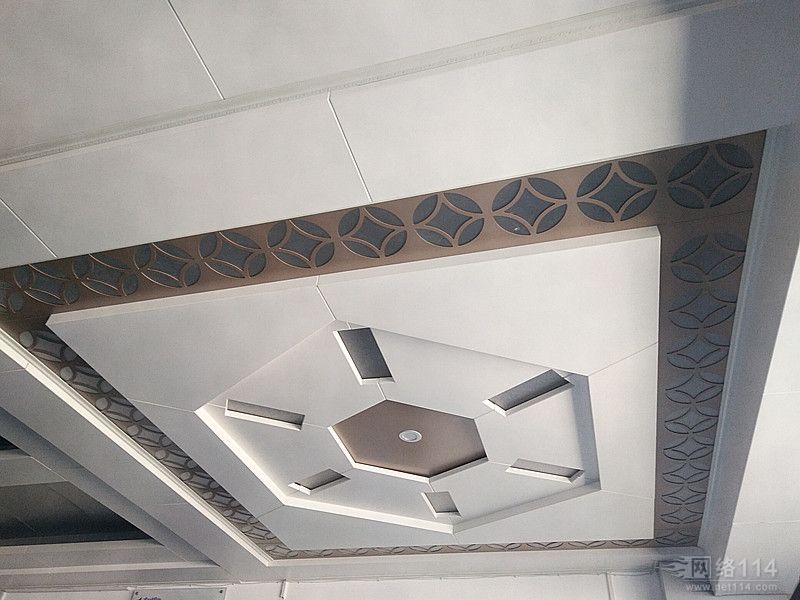
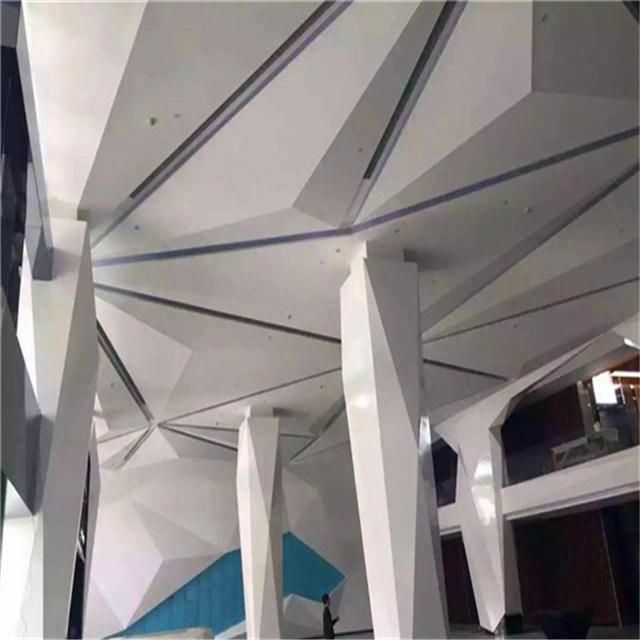
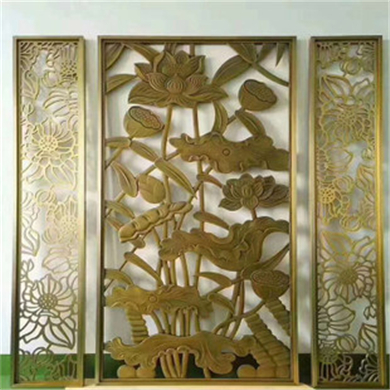
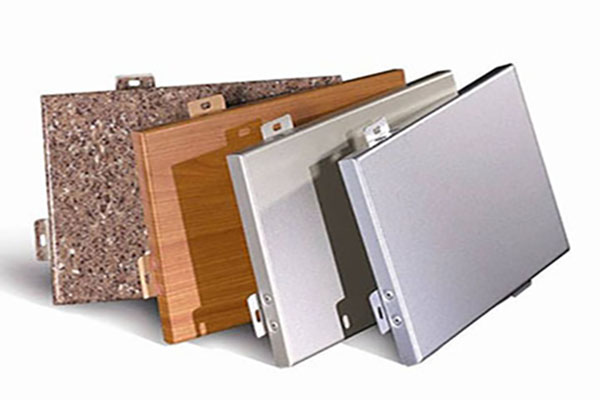
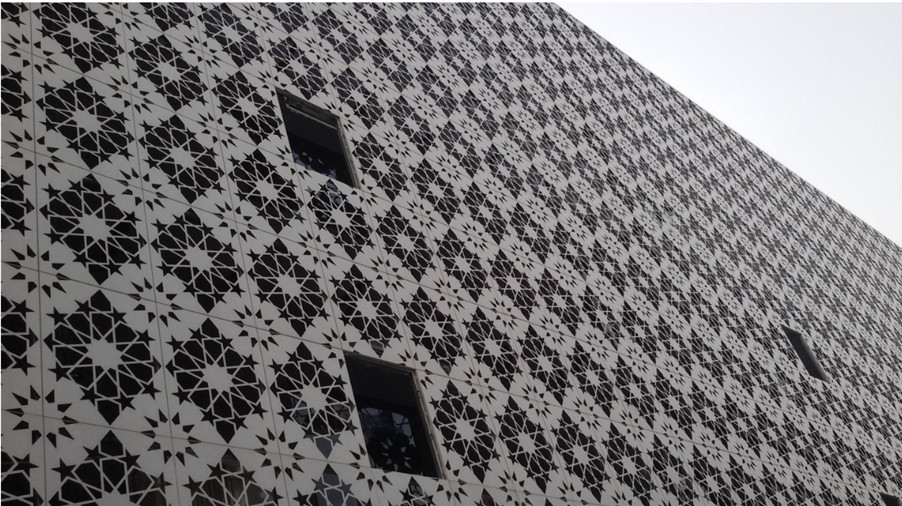
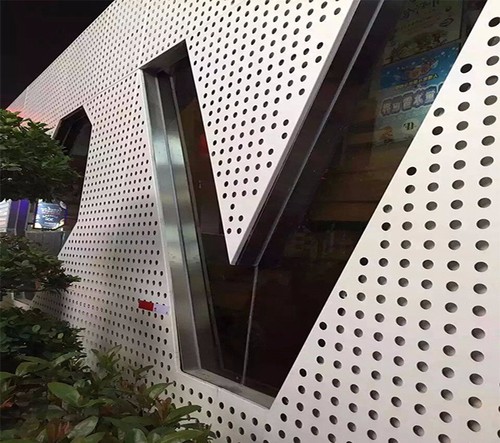
 Customer service QQ
Customer service QQ